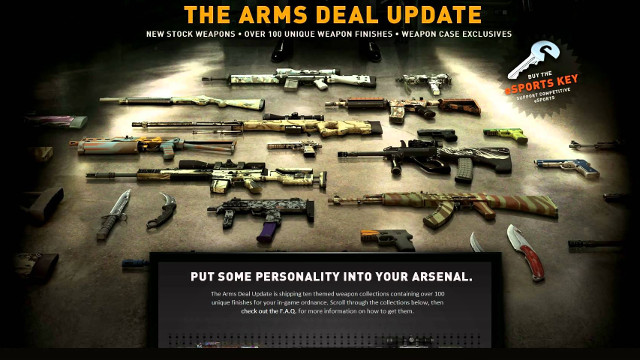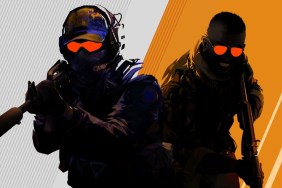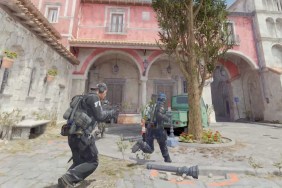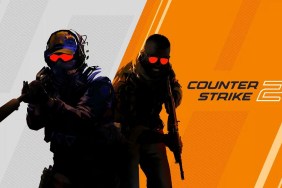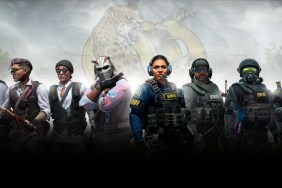In August of 2012 the next-generation of Counter-Strike released under the name Counter-Strike: Global Offensive. For veterans of the franchise, it offered a graceful presentation that would make it an attractive alternative for those feeling fatigue from the aging visuals of Counter-Strike 1.6 and Counter-Strike: Source. To new players, it presented something that lacked the welcoming learning curve, well-tuned modes of play, and addictive leveling systems that have become standard across most modern shooters.
CS: GO wouldn’t experience a very successful launch. Priced at $14.99 it sold more than a million units within one week, but wasn’t able to retain a high activity average among its playerbase. Within a couple months most players would transition to Call of Duty: Black Ops 2, Halo 4, or even return to CS 1.6 or Battlefield 3 for their shooter fix, resulting in a sub-50,000 concurrent player count for what Valve hoped would be its premier FPS for the next decade.
Most players, and reviewers, placed blame of its low popularity on its inability to evolve the franchise. Veterans noted that it was a step back in a few ways, namely how the community server window was hidden from view in favor of matchmaking as well as its poor competitive scene support. It looked as if history was going to repeat itself, and CS 1.6 would remain the most popular title in the franchise despite its age.
Almost exactly a year later, the Arms Deal update would be introduced. CS: GO would never be the same.
Beyond adding the long requested silenced variants of the M4 and USP, the Arms Deal update favorably added weapon skins to the game. To those from the outside it seemed like a minor addition to the budget-priced title in an effort for Valve to monetize it further. However, a large portion of those who actively played CS: GO saw it as a monumental addition similar to Team Fortress 2‘s cosmetic items.
For the first time in series history, weapon skins provided a means for players to individualize themselves beyond just their control mannerisms. Ostentatious players could equip themselves with one of a number of colorful skins, while classy players opted for more realistic configurations. Those who hated the idea altogether could run with the defaults to showcase their unwillingness to assimilate. Although the AK-47 and M4 would continue their dominant usage among players, everyone’s loadout would appear a little different thanks to the skins.
The system would work by randomly rewarding a few players with cases at the end of rounds played on official servers. The trick was that a case could only be opened with purchase of a $2.49 key. Upon being opened, these cases would provide the player with one of more than a dozen weapon skins at random, some common, while some ultra-rare.
The effects were immediate. Before the update it was common for CS: GO to peak at around 26,000 to 40,000 players per day, putting it below both CS 1.6 and CS: Source. The update quickly brought both new and returning players alike, most of which would remain active in the game for months to come. CS: GO would surge to new heights of popularity, a trend that would continue well beyond the “honeymoon period” of the Arms Deal update.
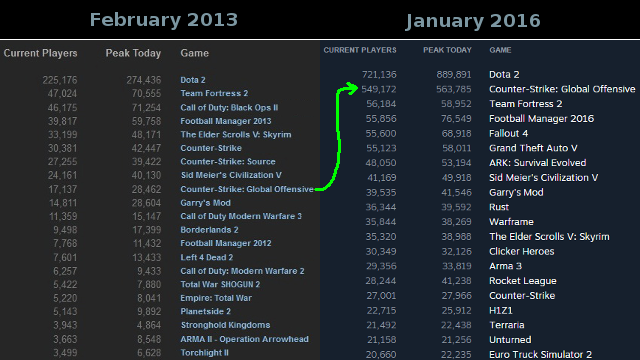
The popularity of skins extends well beyond just players being addicted to opening cases. The Community Market and websites like CSGOTraders specialize in hosting transactions between players, as they look to trade and sell their items in pursuit of higher rarity items, especially knives which are viewed as highly sought after. In some cases players dedicate many hours to trading up their acquired items in an effort to increase the value of their collection without spending additional money on buying keys to open cases.
Outside the remarkable demand for trading, CS: GO betting has become an addiction for thousands of players, and is centered around waging with skins. Websites, such as those listed on CSGOBook.com, enjoy hundreds of thousands if not millions of visitors per month as an increasing number of users find interest in watching professional players, gambling on who they believe will win in certain matches, and hopefully reaping the rewards of their efforts.
When many players aren’t busy opening or earning skins of their own, they’re probably watching someone else open cases. Well-known Twitch streamers and YouTubers have noted the incredible viewership that opening cases and performing skin giveaways brings, and some specialize in opening dozens of cases in a frenzy as viewers hope to witness the acquisition of a rare knife skin, or winning one of their own in a raffle.
Valve continues to support the attraction of skins by adding a new case with more than a dozen available skins every few months. When this occurs, player activity goes up as players hope to acquire the new case and hopefully one of its rare items. It’s a system that hasn’t hit diminishing returns, and regularly propels the game to new heights of popularity.
The CS: GO community has benefited greatly from this microtransaction-oriented addition to the game. Today, CS: GO stands as one of the most popular games in the world with a consistent 500,000+ concurrent player count, and it’s due in large part to the introduction of these skins. With this incredible amount of popularity, tournament are held regularly and with increasing prize pools, and so has the game’s attractiveness for sponsors. There’s a community centered around CS: GO, eSport matches, skins, and more that surpasses anything that the franchise has ever achieved before. As the game has built up a massive market, dedicated players have been able to make a good living playing the game as professional gamers, managers, shoutcasters, and streamers.
There’s also an argument to be made that since Valve is making a killing off these cases, it naturally feels incentivized to devote more resources to post-release development of the game. During the past year the game has seen the addition of a new weapon, hitboxes, culling, animations, and more. This support has made the game better, and is part of the reason why the game is so big it can challenge Dota 2’s concurrent player count.
CS: GO remains one of the top games in the world, and it all began with what seemed to be a minor addition. This just goes to show that sometimes the most complex problems have the most simple solutions.
